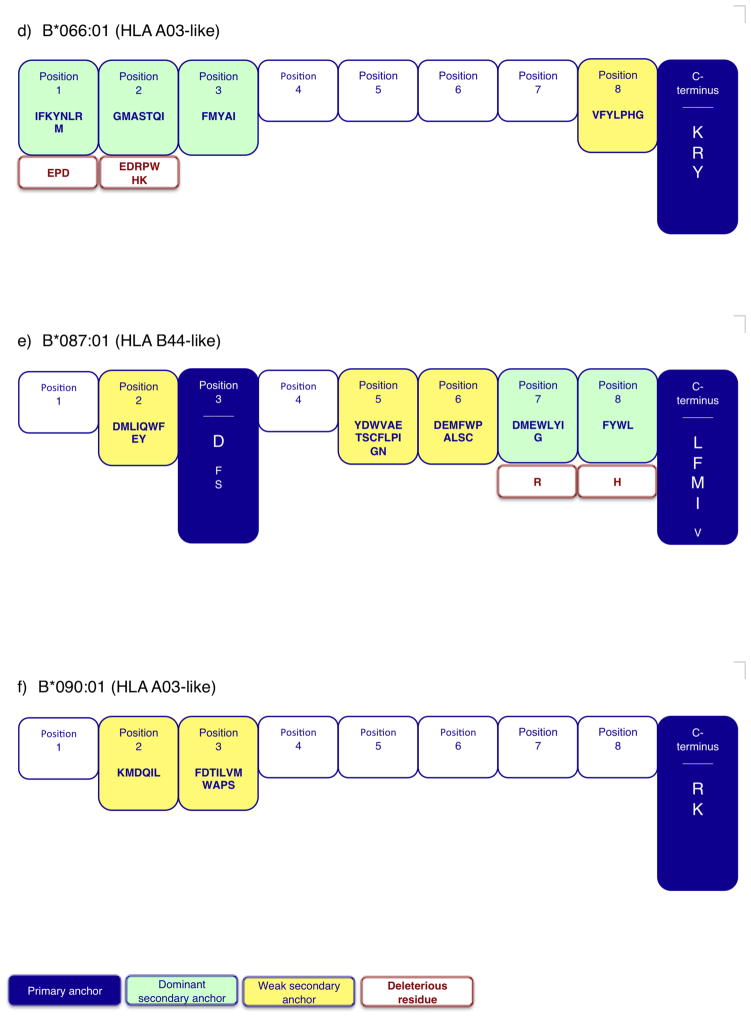Fig. 2. Summary motifs for six Chinese MHC class I molecules.
Pictorial representation of the respective motifs indicate the residues and positions contributing positive and negative binding potential for a) Mamu-A2*01:02, b) Mamu-A7*01:03, c) Mamu-B*010:01, d) Mamu-B*066:01, e) Mamu-B*087:01, and f) Mamu-B*090:01. Primary anchor positions are indicated by blue shading, with preferred (larger font) and tolerated residues displayed. Dominant (green) and weak (yellow) secondary anchor positions are also highlighted. Residues that are associated with deleterious effects on binding capacity (>100-fold decrease), when present at a given position, are indicated by red font.


